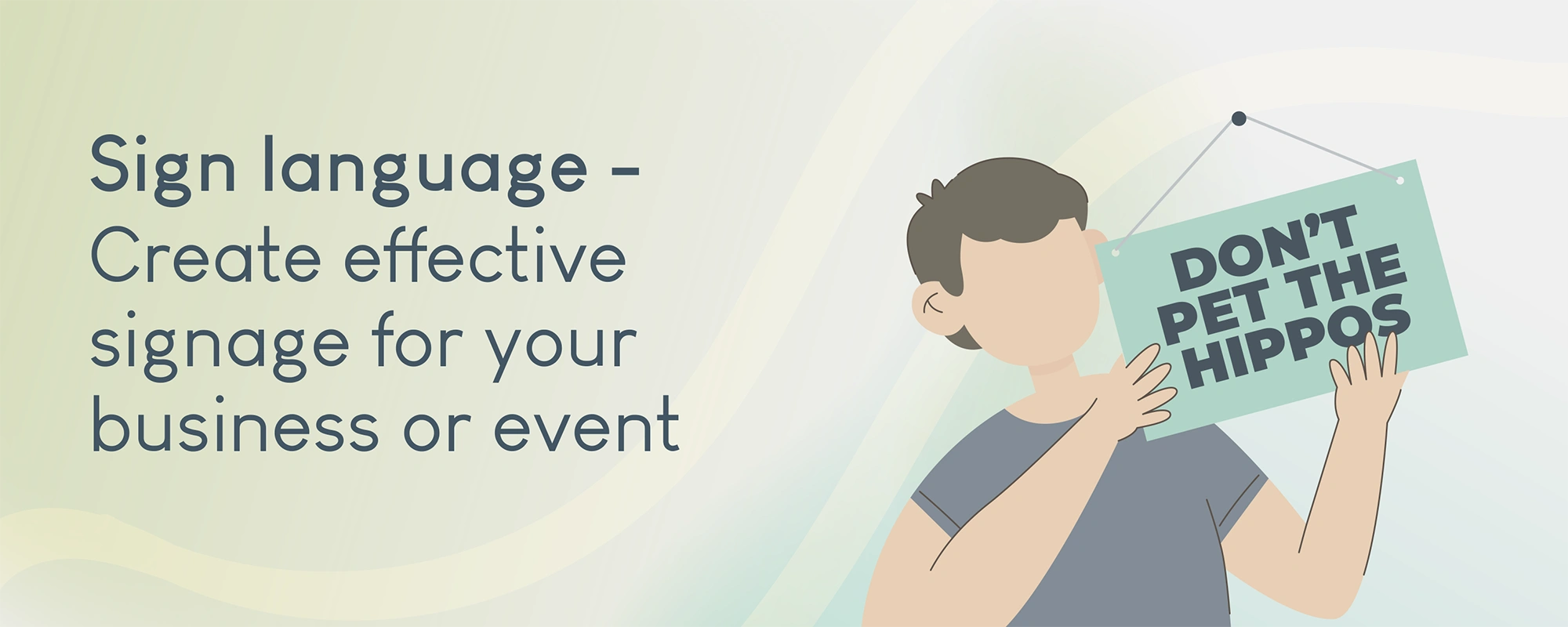If you are one of those people who likes to understand the how and know the why, then read on. Learn more than you ever thought you needed to know about the ins and outs of RGB and CMYK and how colour actually works when it comes to design and printing.
RGB and CMYK
While the human eye can theoretically distinguish around 10 million hues, when it comes to design and printing, colour is reduced to just a handful of colours. Your computer, scanner, digital camera and monitor create images using combinations of just three colours: red, green and blue (RGB) to make up images and printing presses use four different colours to print the same image – cyan (light blue), magenta (pink-red), yellow and black (CMYK or process colour). Recognise those acronyms?
The nuts and bolts of colour conversion
When it comes to designing your artwork for print, at some stage of production, RGB images and colours must be converted to CMYK ready for printing. This is just part of the behind the scenes magic we perform and why we always stress the difference between what you see on screen and what the final product will look like.
Traditional printers often use Pantone® Spot colours when printing work. Spot colours are mixed like paint and printed one at a time. As we use process CMYK colour, all Pantone® Spot colours must be changed to ‘process colour’ and converted to their CMYK equivalent, before going off to print.
Some RGB and spot colours do not have a direct CMYK equivalent – the technical term for this is “out of gamut”. If you have chosen a colour that is out of gamut, your software will choose the closest equivalent CMYK colour, which may be different from the colour you intended. This is why we always encourage you to choose colours from our colour charts to give a more predictable indication of the colour.
Is black black?
And as for black, it may surprise you to learn that there’s more to black than meets the eye. Black can be produced in two ways. The first method is single colour black, made from 100% black ink. This is ideal for small areas less than 25mm2 such as text or logos. On areas of over 25mm2 in size, single colour black can appear washed out and uneven. This is because the rollers on printing presses roll the ink off over a large area. The alternative is rich black, which consists of 100% black and 40% cyan.
We always use a rich black on larger areas to ensure an even, dark coverage, as the second ink colour disguises any inconsistencies, but never on small text as any tiny deviance in registration will lead to a blurred effect.
The higher the percentage of ink coverage, the longer the drying time required too. This is particularly true of uncoated paper and card such as letterhead. Black will inevitably appear duller on uncoated stock because of the absorbency of the paper. This absorbency also means that any fine detail reversed out of black may disappear.
So, the next time a designer suggests a colour change or ups the size of a black font, know there’s a method to their madness and a true science that goes on behind the scene to ensure your design prints like a dream.
The psychology of colour?
Colour is a powerful tool when it comes to design as colours are strong emotional triggers and while we try and make decisions based on fact alone, emotion likes to step in and take over. While some colour combos are obvious (think environment, think green) some are less obvious. Have you ever noticed how many food brands feature red and yellow? The colour combo is known to stimulate hunger and even has a name – the ketchup and mustard theory! Then there are colours that scream trust and reliability – blue is a popular brand colour with the likes of banks and insurance agencies for a reason. Warmer colours like yellows and oranges are seen as more fun, optimistic and in some instances affordable. If you want to give off luxury cues black, silver and gold can do the job. Clever marketers are also good at associating a colour with a brand; think Coke red, Cadbury purple, Harrods’ green and Tiffany’s duck egg blue.
There’s lots of fun to be had with colour and lots to get right when it comes to finalising your design, fortunately our designers know colour inside out.




